Last-Minute NYC Holiday Gift Guide 🎁
We’ve created a holiday gift guide with presents for the intrepid New Yorker that should arrive just in time—


Though it might not seem obvious at first, gems and minerals play a crucial role in our everyday lives. They can be found in our roads and buildings, in the sunscreen we use to protect ourselves from UV rays, and even in our high-tech electronics. Currently, people in the United States are estimated to use more than three million pounds of rocks, minerals, and metals during their lifetimes. Thus, it is crucial to understand the formation and usefulness of these natural resources. To learn more about this, American Museum of Natural History has opened the newly redesigned Allison and Roberto Mignone Halls of Gems and Minerals.
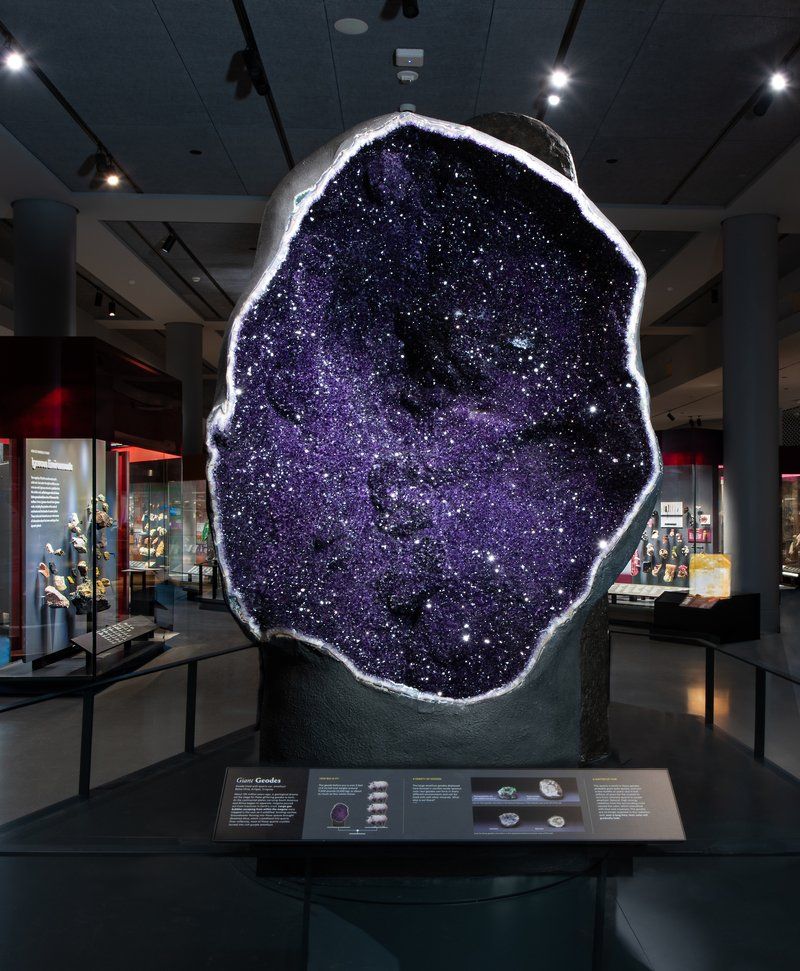
Since its opening in 1869, gems and minerals have been a staple exhibit at the American Museum of Natural History. The museum’s first major mineral collection was purchased in 1874 from S.C.H. Bailey, a New York lawyer. Numbering between 5,000 to 7,000 specimens, this collection was originally displayed in the Old Arsenal Building at 64th Street and Fifth Avenue before moving to the fourth floor of the museum’s current location in 1877. Later, in 1922, the J. Pierpont Morgan Memorial Hall of Minerals and Gems opened on the same floor, primarily being used as a display and storage area.
Interestingly, the Morgan Memorial Hall became the site of an epic jewelry heist in October of 1964. The heist involved two young thieves who acquired 24 priceless gems after hours, including the Star of India—the world’s largest sapphire—and the DeLong Star Ruby—considered to be the world’s most perfect ruby. Though the thieves were eventually captured, only 10 of the stolen jewels have since been recovered.
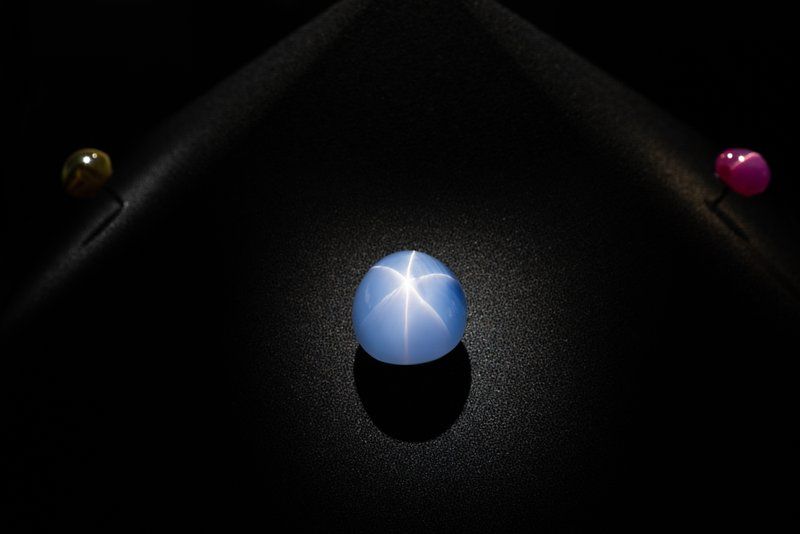
In 1976, the Morgan Memorial Hall would move to the museum’s first floor alongside the new Harry Frank Guggenheim Hall of Minerals. However, the Halls were closed in 2017 for extensive renovations, as one of the American Museum of Natural History’s 150th Anniversary Projects. Originally, the new 11,000 square foot Allison and Roberto Mignone Halls of Gems and Minerals was set to open last fall, then later in February of 2021, but both dates were pushed back due to the COVID-19 pandemic. Now, the halls will reopen their doors to the public on June 12, 2021, with entrance included with general admissions to the museum.
In a press briefing, Ellen V. Futter, President of the American Museum of Natural History, stated that “now, with this complete redesign made possible by Allison and Roberto Mignone, the Halls are more spectacular than ever and an even greater resource for learning about the processes that shape our changing planet and make it so endlessly fascinating. With their reopening, we not only mark a signal moment in the resurgence of New York City and the renewal of its cultural life but also, we hope, accelerate its pace.”
Designed by Ralph Applebaum Associates in collaboration with the AMNH’s Exhibition Department, the Mignone Halls are divided into three sections which include the Gems Hall, the Minerals Hall, and the Keith Meister Gallery. In total, they will feature over 5,000 specimens from 95 countries.
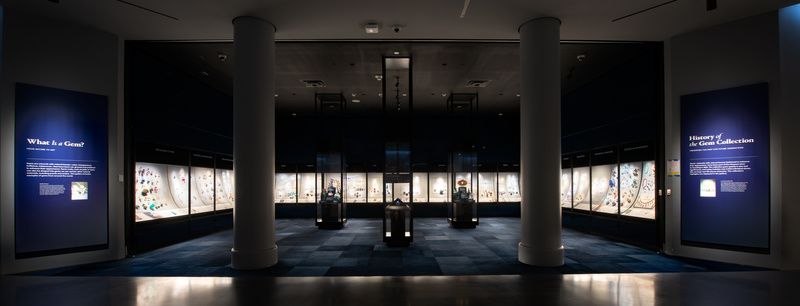
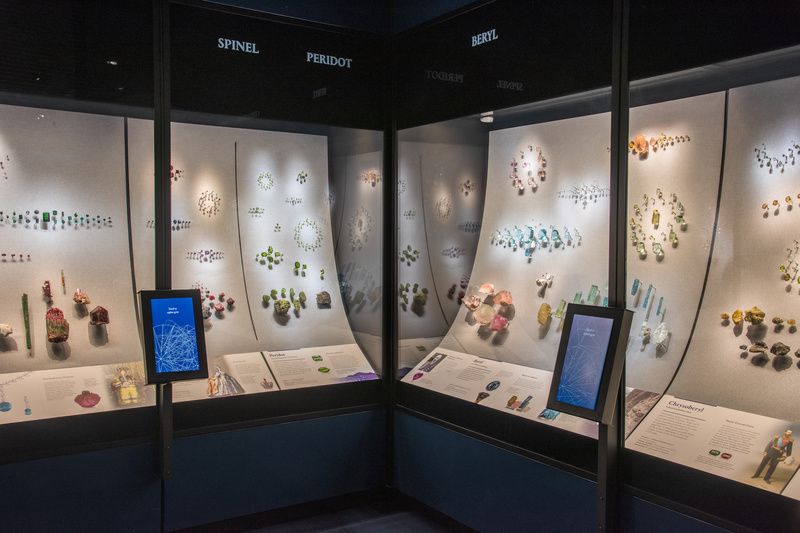
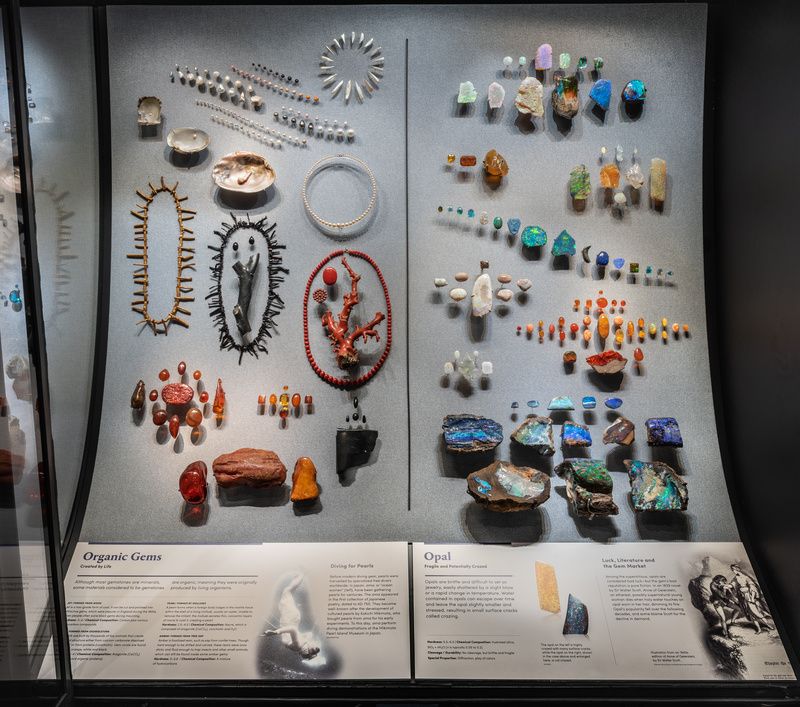
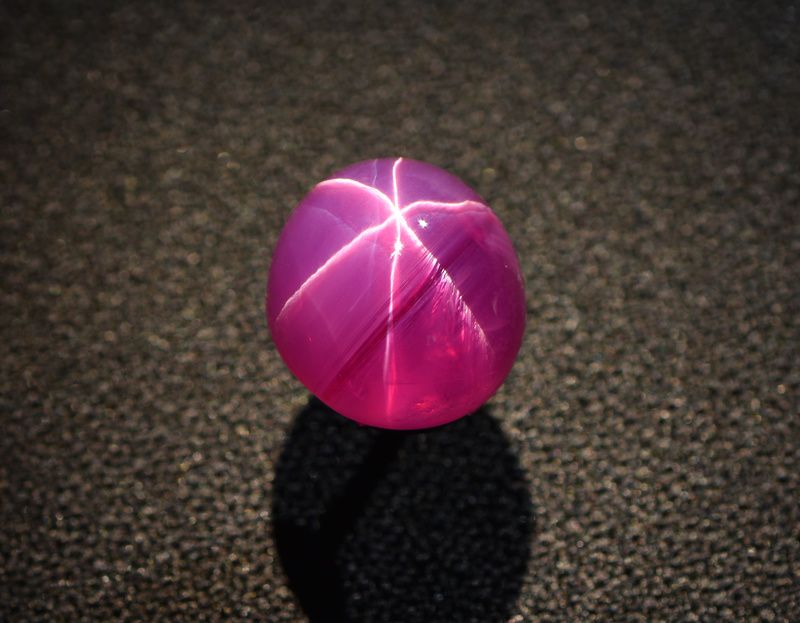
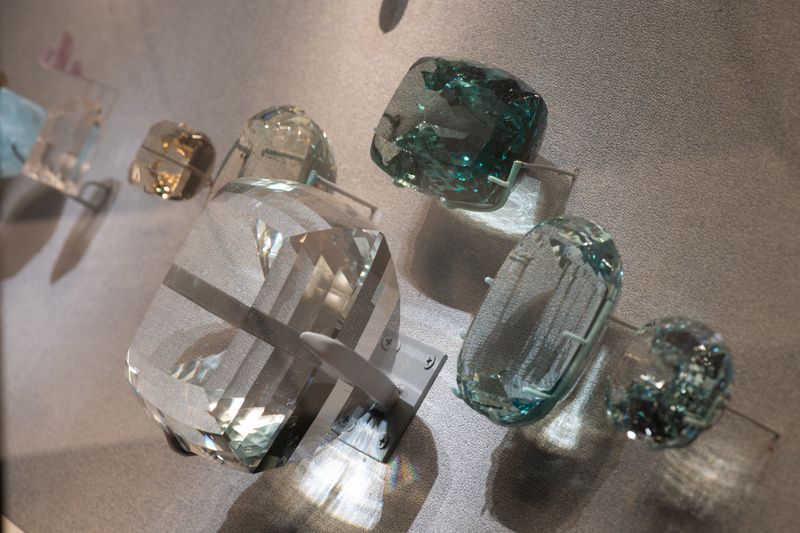
With over 2,500 objects, the Gems Hall will showcase precious stones, carvings, and jewelry from around the world. Some of the stunning items on display will be a Brazilian princess topaz and a jadeite jade incense burner fashioned during the late Qing Dynasty.
In comparison, the Minerals Hall will comprise four different sections. The first section, Mineral Forming Environments—located at the center of the Hall—will include a set of cases devoted to the environments and processes involved in mineral formation. Located at each of the hall’s four corners, Minerals Fundamentals will explore the concept of mineral science. Specifically, the section will look at the evolution and diversification of minerals. The third section, Systematic Classification—running along the hall’s west wall—will contain 659 specimens which represent the chemical classification system used to organize Earth’s minerals. The fourth section, Minerals & Light—located in a room next to the hall’s east wall—will look at the optical properties of minerals which involves their interactions with light.
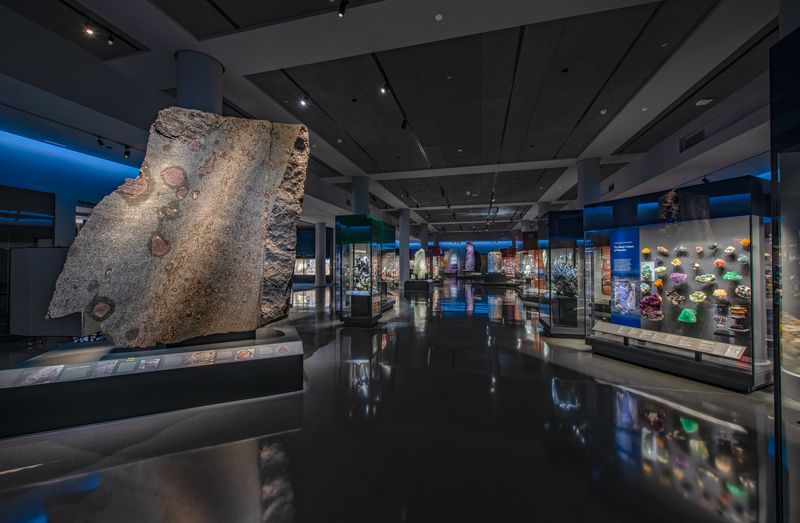
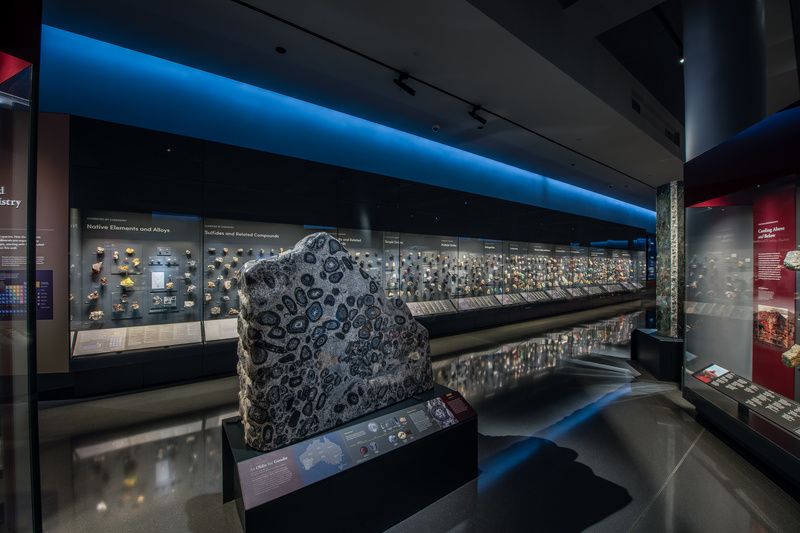
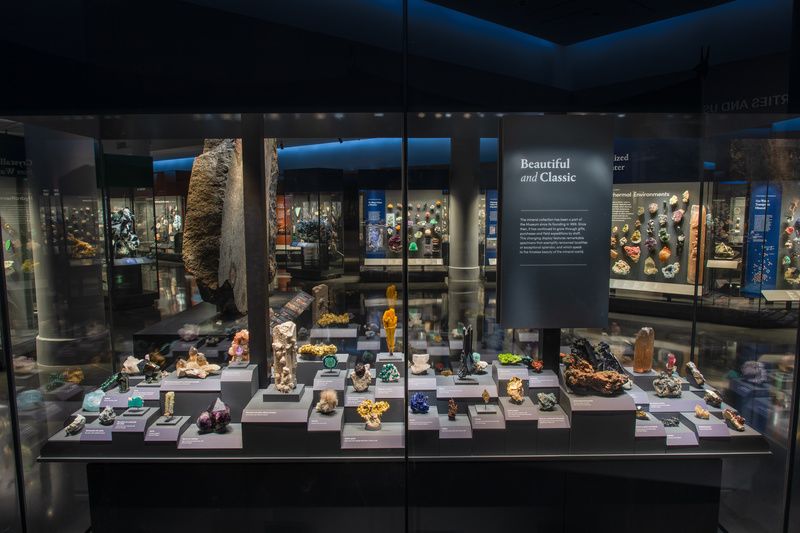
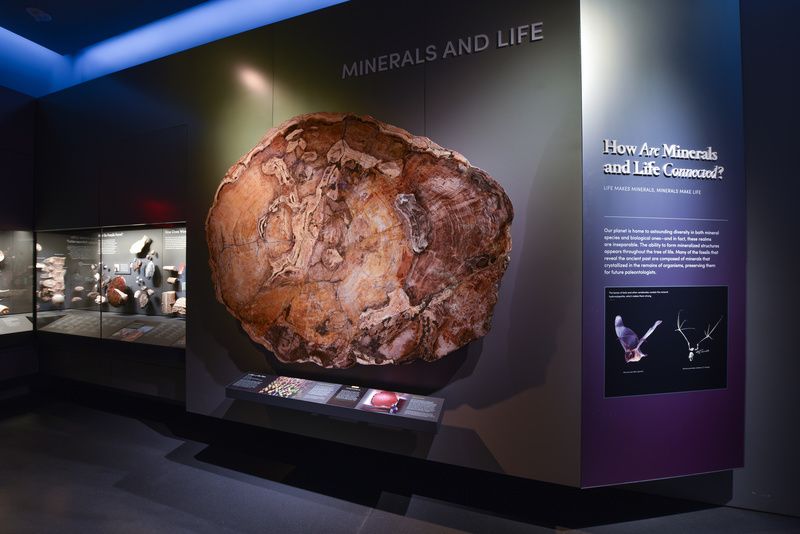
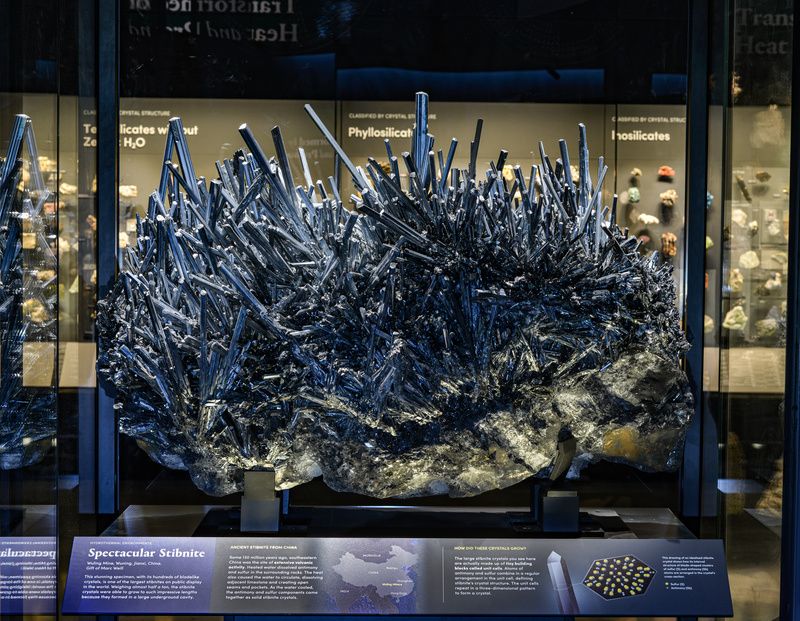
In connection, a state-of-the-art lighting system using cool and warm full-spectrum LEDs will illuminate to visitors the texture, color, and reflectivity of many of the Halls displayed objects. Additionally, short- and long-wave ultraviolet lights will be placed throughout to highlight the vibrant colors of fluorescent minerals in particular.
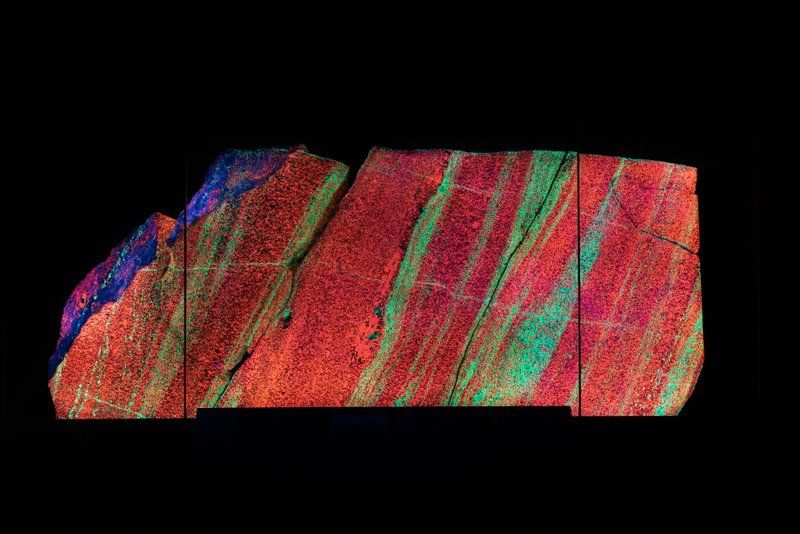
Finally, the new Melissa and Keith Meister Gallery will house various temporary exhibitions. The gallery’s first exhibit will be Beautiful Creatures, which will present jewelry pieces created over the last 150 years that were inspired by animals. Curated by jewelry historian Marion Fasel, the exhibit’s pieces will be organized into categories based on animals observed in the air, water, and on land. Featured artwork will include a Cartier Paris crocodile necklace from Mexican actress María Félix’s collection, six of Suzanne Belperron’s butterfly brooches, and Joel Arthur Rosenthal’s serpent choker. The exhibit will be on display through September 19, 2021.
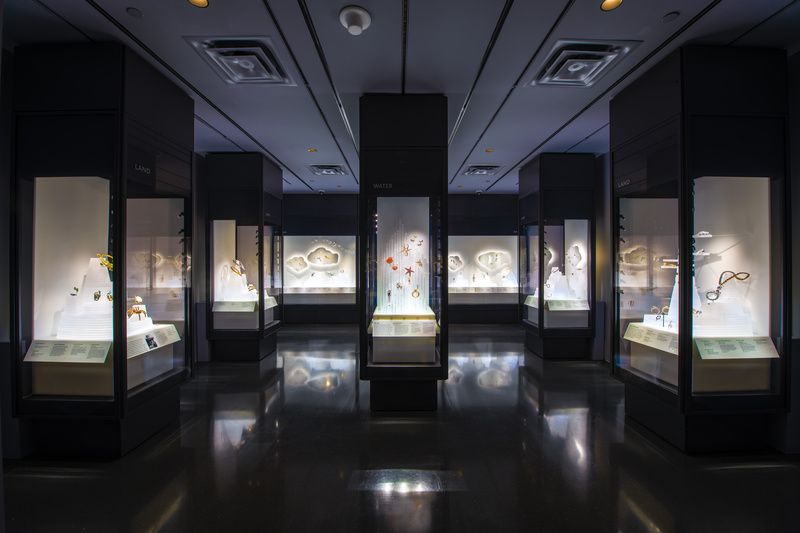
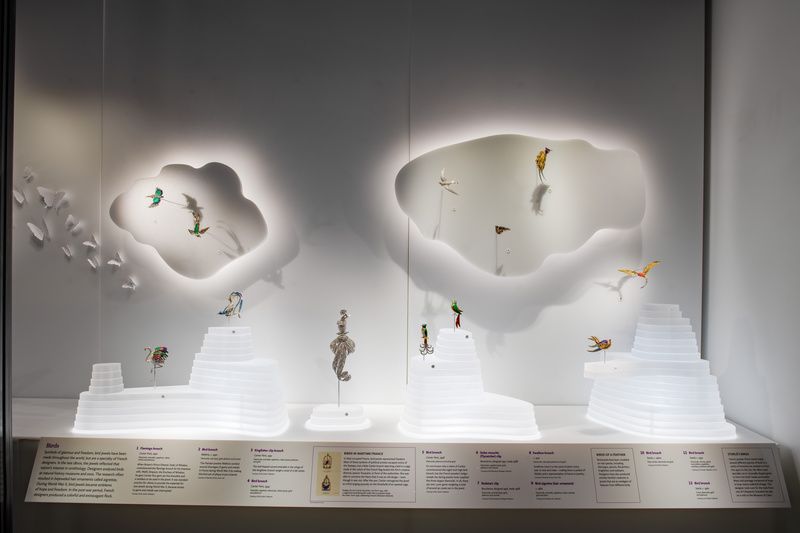
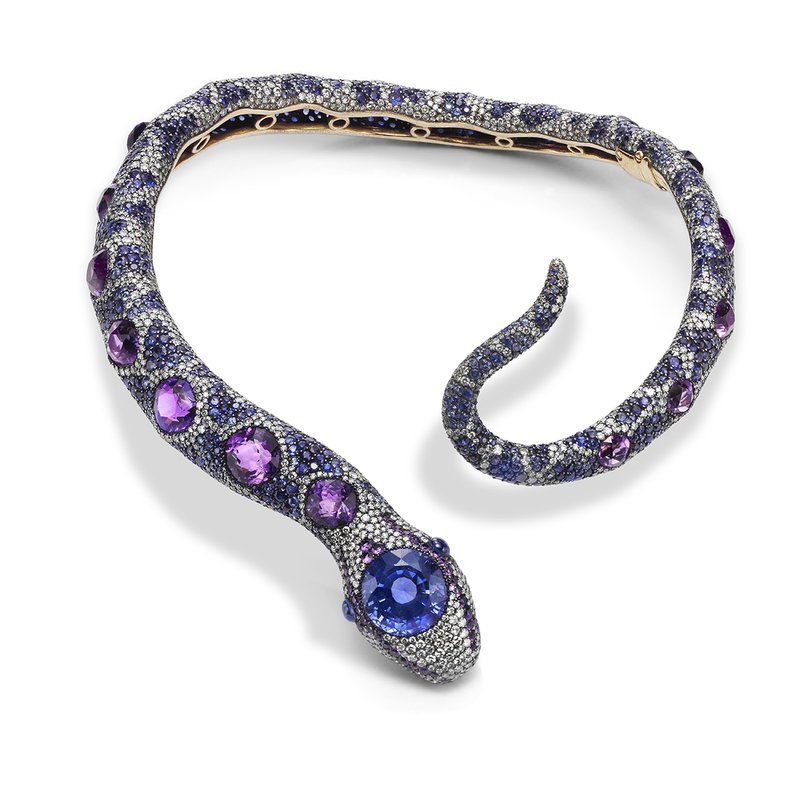
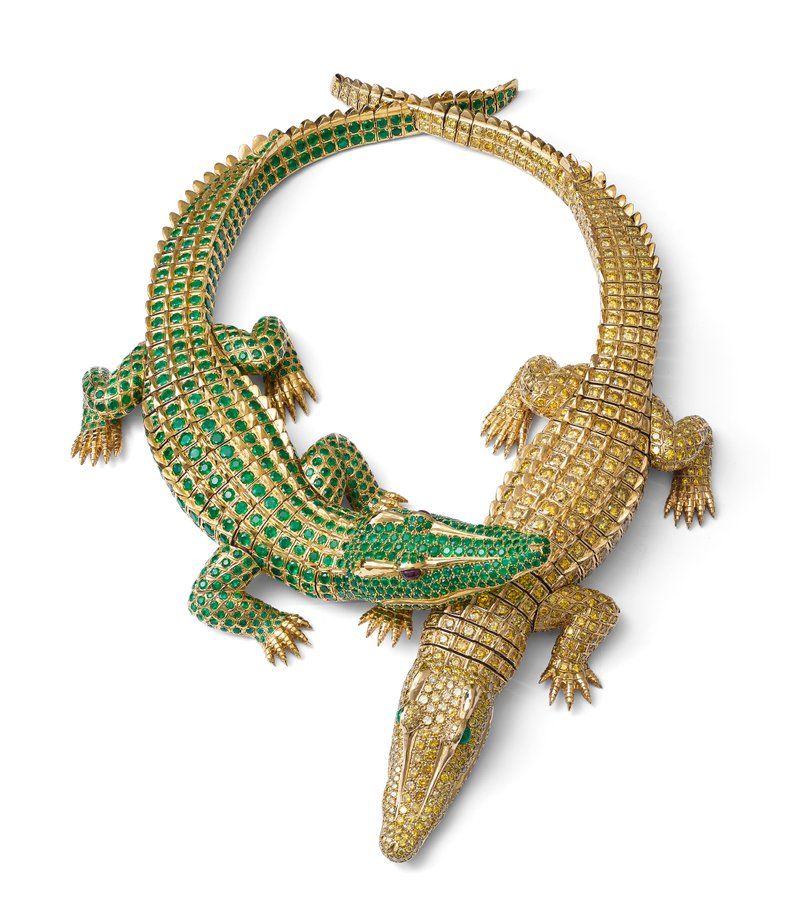
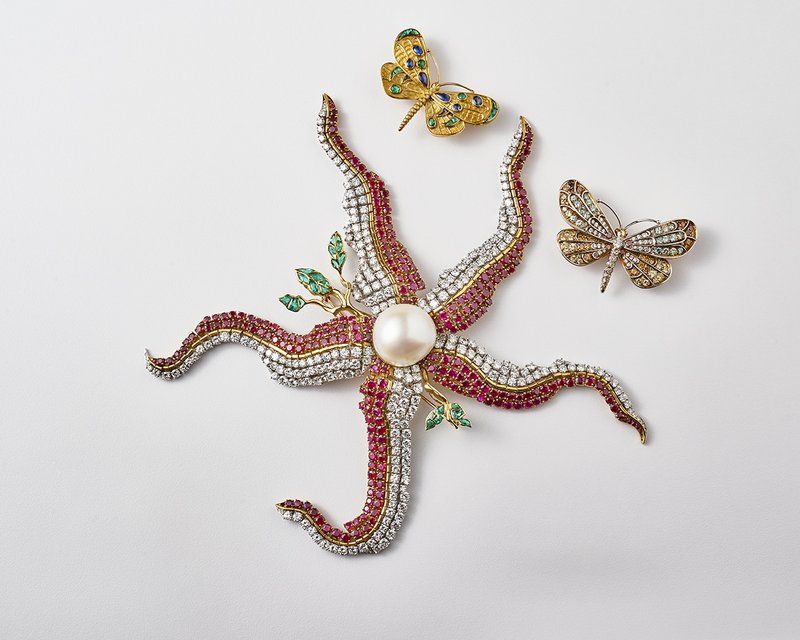
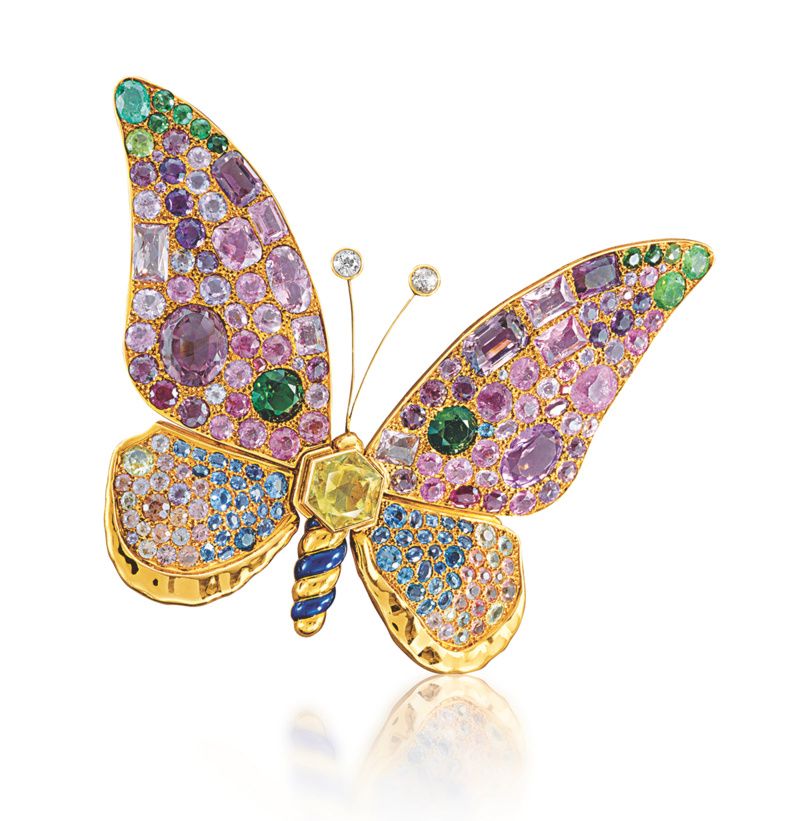
In addition, the Halls will introduce the new concept of mineral evolution into its programming. Developed over the last 15 years, mineral evolution tries to explain how Earth came to host over 5,500 mineral species despite being devoid of any for millions of years following the Big Bang. It posits that the mineralogy of terrestrial planets and moons formed and evolved as a consequence of varied physical, chemical, and biological processes. The Mignone Hall’s redesigned exhibits will show visitors how our planet’s diverse array of minerals came into existence, how they are classified and studied, and how they have been used by humans over the centuries for personal adornment, tools, and technology.
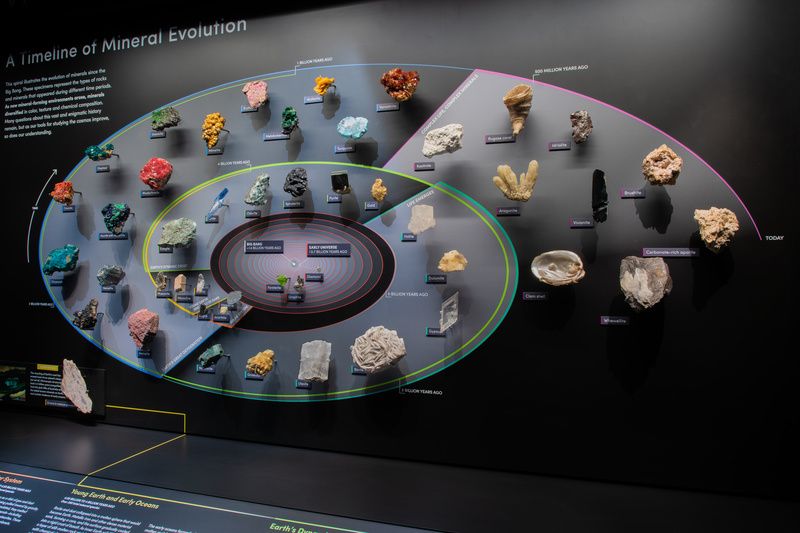
As George E. Harlow, Curator of the AMNH’s Division of Physical Sciences, stated in a press briefing, “when I started at the Museum, there were probably 4,500 minerals described—and now there are more than 5,500 minerals. The enhanced Halls will present up-to-date science, which has progressed significantly. I look forward to seeing visitors delight in remarkable gems and mineral specimens from across the globe and our own backyard, like those in the Minerals of New York display featuring specimens from all five boroughs.”
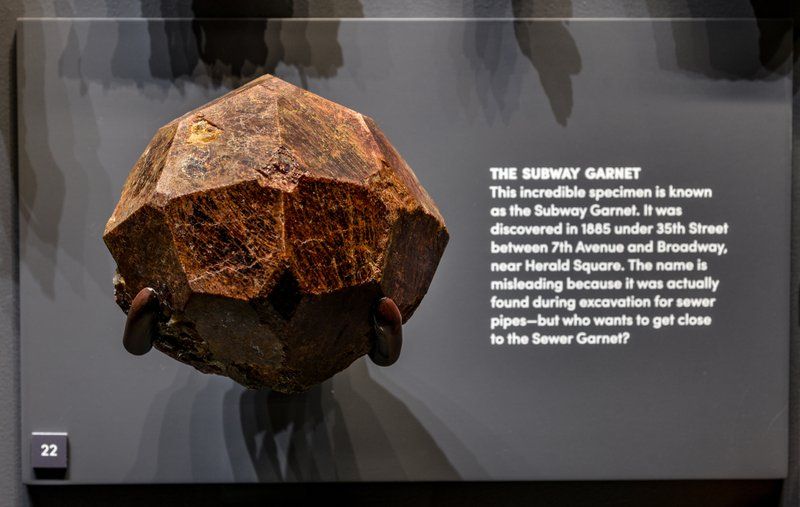
The Allison and Roberto Mignone Halls of Gems and Minerals will also serve as important educational resources for school and camp groups, educators, and students across the city. Emphasis will be placed on providing in-depth knowledge about the Earth science field, with the Mignone Halls complimenting the AMNH’s other Earth and Planetary Science spaces such as the Arthur Ross Hall of Meteorites.
Moreover, developed in accordance with New York State and national science education standards, the Mignone Halls will provide opportunities for visitors to explore the interdisciplinary nature of evidence-based science. Some examples of resources to accomplish this will include an interactive periodic table that displays how minerals are made for chemistry, a gallery focused on the interaction between light and minerals for physics, and information on the evolution of minerals for biology instruction.
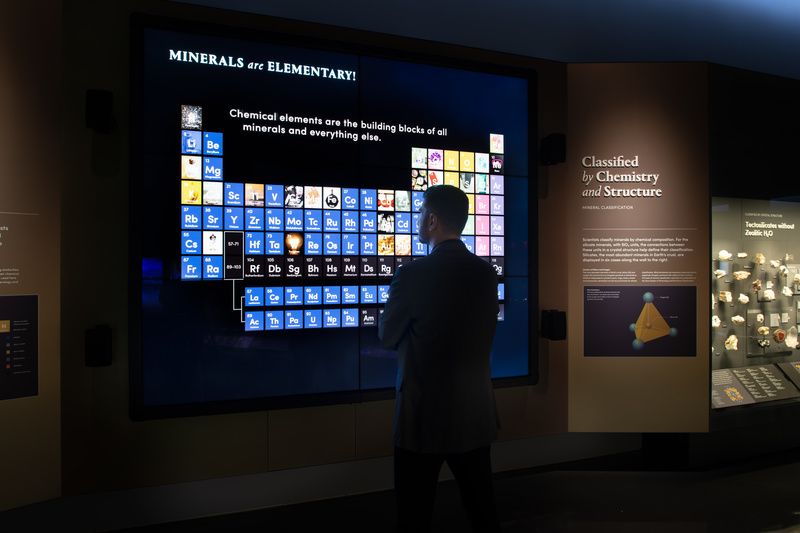
As Allison Mignone stated in a press briefing, “these Halls, and others in the Museum, take science off the page of textbooks and into the real-life experience of countless families and students. Now more than ever, equal access to education is paramount. We look forward to the time when large numbers of students and school groups and their teachers can visit. Halls like these are crucial and tangible tools that communicate the incredible variety of minerals on Earth and how they relate to our lives.”
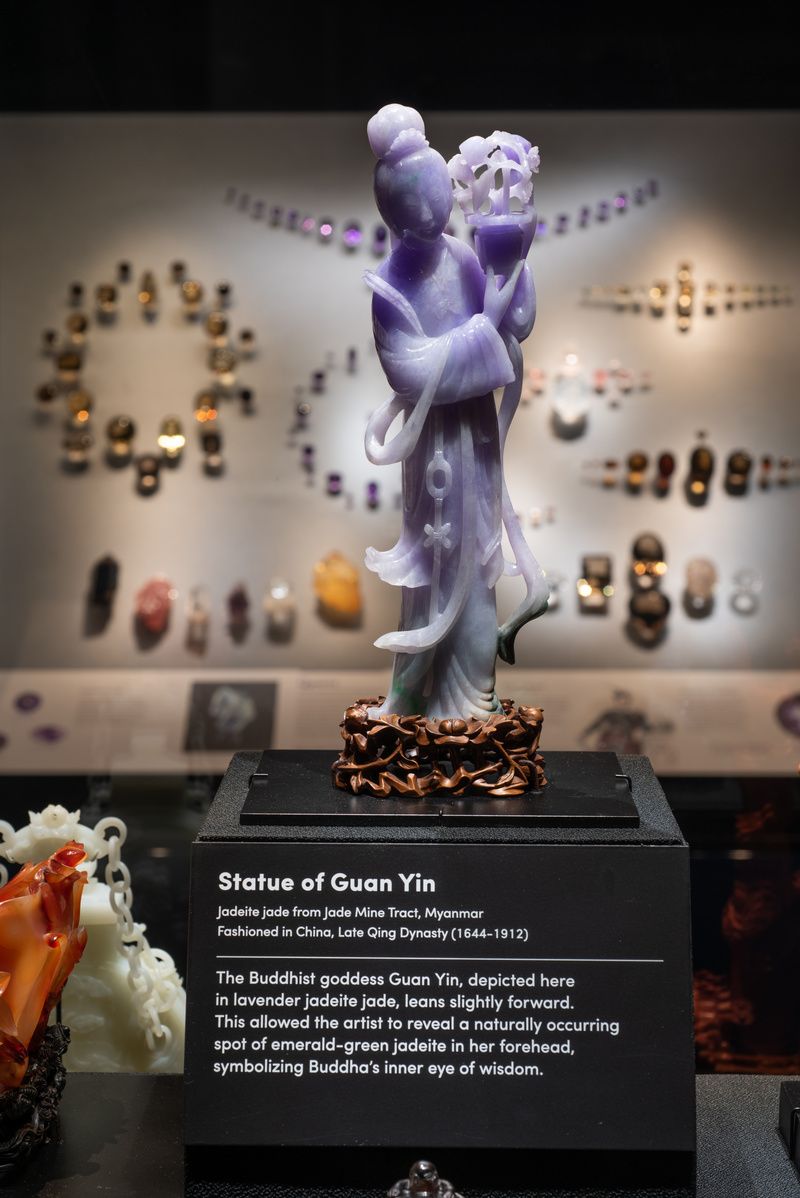
As another resource, the Halls will be incorporated into the curriculum of the American Museum of Natural History’s Master of Arts in Teaching Program. This program works to prepare qualified Earth science educators to teach grades 7-12 in high-need schools across New York State. Through their coursework, participants in the program will draw from the Halls for research while also learning how to use them as a tangible teaching tool following graduation.
With its re-design and emphasis on educational instruction, the Allison and Roberto Mignone Halls of Gems and Minerals will be able to give anyone insight into the eclectic world of gems and minerals.
Next, check out the Top 5 Notorious New York City Crime Scenes: Heists, Bombings & Robberies!
Subscribe to our newsletter